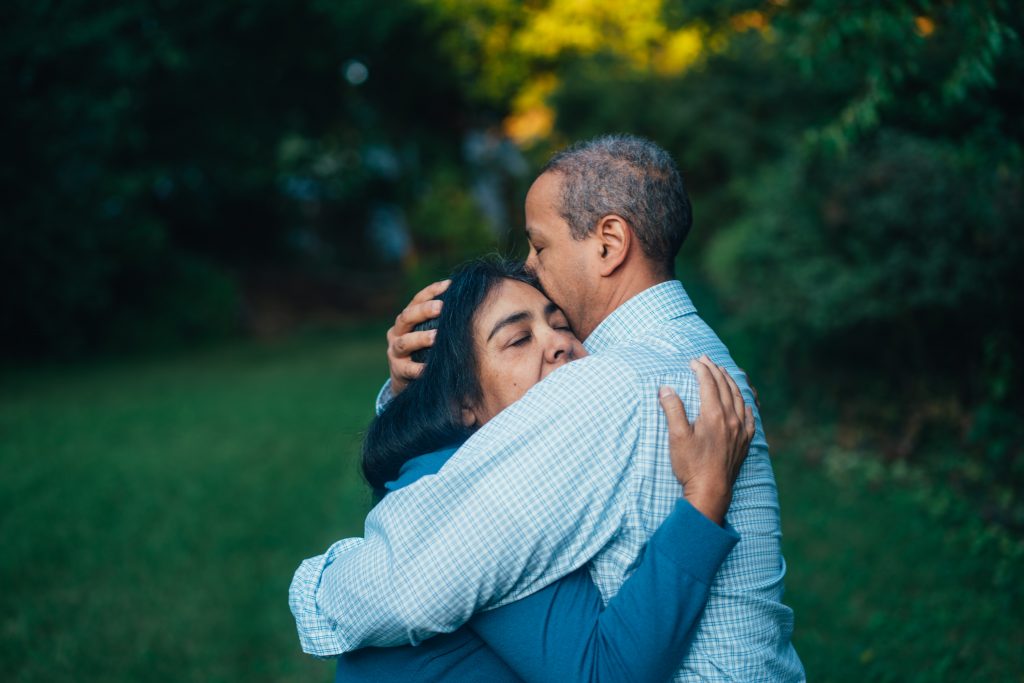Couples Therapy
Schedule a Counseling Appointment Now
Create a Solution for Yourself Today.
Couples Therapy
Couples therapy includes both partners, in any stage of the relationship, to address relational issues. Whether the presenting concerns are miscommunication, infidelity, or preparing for marriage, therapy focuses on developing understanding and connection through therapeutic modalities such as Emotionally Focused and Gottman method.

What to expect?
Both partners are making a commitment to attend sessions and to do the emotional and physical work to produce the desired result that prompted them to seek therapy in the first place. However, the desired result may not always be the outcome as therapy produces healthy functional outcomes not the dysfunctional outcome that the couple believes to be functional and healthy. We wish we had a magic wand to produce healthy, communicative, functioning couples, but we do not. This process will require both partners to follow the therapist’s recommendations and implement therapeutics exercises in session, as well as, outside of the session. This may include attending individual therapy to complement the processing in couple’s therapy.
Why? Good question! Let’s think of the couple’s relationship as a car. The car needs four tires to run, correct? Each partner in the couple’s relationship brings two tires to the relationship and puts them on the car. However, Partner One brings a tire that has low tread. Low tread in the couple’s relationship equals the dysfunctional generational pattern of an abusive father. Partner One doesn’t realize that her childhood history with her father is negatively affecting and has been affecting her romantic relationships in the area of trust. Partner One never completely lets Partner Two in emotionally. Due to her childhood trauma her brain has automatically learned to not trust those in romantic relationships and this comes out in her lack of love and affection. This is a problem because Partner Two’s Love Language is Touch and Words of Affirmation. Partner Two describes their relationship as a really good friendship that is called a “romantic relationship” but has no emotional intimacy. Partner One desires to be emotionally vulnerable and create emotional intimacy but her brain has been wired for safety, security and survival therefore preventing her from expressing or showing love. This is an individual therapy issue that needs to be worked on in individual therapy so couple’s therapy can progress. If not, couple’s therapy becomes stagnant and stuck or couple’s therapy is used to work on Partner One’s issues and therefore becomes individual therapy with a supportive partner in the room which can become counter productive. Furthermore, Partner Two brings one tire with a nail in it that is slowly leaking air, we will call this anxiety. The second tire that Partner Two brings to the relationship has a hole in it, which is adolescent trauma from their mother dying when they were sixteen years old; therefore they express symptoms of codependency, insecurity, unregulated emotionality and depression when they feel Partner One doesn’t meet their needs. Partner Two also needs to seek individual therapy so their issues do not hinder the progress of focusing on the health and balance of the couple’s relationship. In conclusion, this car isn’t going anywhere fast (is not functioning in a healthy way) because the tires that are being brought to the new car (the couple’s relationship) are not in good condition to safely put this car (couple’s relationship) on the road.
Premarital Therapy
Premarital Therapy embodies assessments and coursework that the client completes with the help of an educated facilitator that covers multiple relationship components to include, Personality, Issues of Stress, Conflict Resolution, Relationship Roles, Financial Management, Leisure Activities, Sex and Affection, Relationship Roles, Marriage and Expectations, Spiritual Beliefs and Children & Parenting. Premarital therapy can be done in a group, a workshop or private session setting where the facilitator guides the couple through relational discussions and exercises. The curriculum utilizes the couples strengths to move the couple subsystem forward to increase the couple’s areas of weakness and create healthy balanced expectations that did not exist before attending therapy but are important components in the couple relationship. The main purpose of the coursework is to build skills to prepare the couple to be in a relationship together versus two people in a relationship with themselves that call their relationship a couple relationship. Blending two lives into one should be treated with the same thoughtfulness and planning that is done for buying a house, planning a wedding or starting a business, especially if you want the relationship to last. Research has shown that couples who seek out premarital counseling have a less likely chance of break-up or divorce.
Premarital VS Couple’s Therapy
Premarital Therapy differs from Couple’s Therapy specifically at FGUF. Traditionally, Premarital therapy is a skilled-building course that is done in a group setting to equip the couple with relational skills in various relational components so the couple can create a foundation for their relationship that both partners can agree upon and reference in the future when making decisions together. Whereas Couple’s Therapy is sought out with the hopes to find a resolution to a couple related systemic issue that inhibits the couple from moving forward in their relationship successfully in agreement. Within the sessions the couple and therapist join in a therapeutic relationship to tackle the root of the couple problem and identify thoughts, behaviors and actions in the couple system that contribute to the problem and eradicate them. To identify outside factors that contribute to the problem and eradicate them. To identify skills in each partner that will grow and sustain the solution and then practice these skills and actions that have been agreed upon by both partners that create the desired result.
*Couples who have been together for a while or are already married can attend a Premarital workshop to develop skills they have discovered they now need or do not have. Premarital workshops and groups can be open to other couples outside of the engaged couple subset by description of the facilitator.
Both Premarital and Couple’s Therapy requires the participation of both partners physically and emotionally in and outside of group, workshops or sessions in order for change to be produced. Moreover, resolution does not always mean the hoped for result. It means that a solution to the problem has been identified and discovered within the scope of abilities and choices the partners have made or are willing to make.
Featured Therapy Modalities

Post Induction Therapy (PIT)
Post Induction Therapy (PIT) is an evidence-based treatment model designed to help individuals heal from childhood relational trauma, also known as developmental or attachment trauma.
PIT focuses on uncovering and addressing deeply rooted wounds caused by dysfunctional family dynamics, neglect, abuse, or enmeshment.
Through a structured therapeutic process, PIT helps individuals:
Identify and process unresolved childhood pain.
Recognize patterns of codependency, low self-worth, and relationship struggles.
Heal emotional wounds that contribute to present-day struggles, including addiction, anxiety, depression, and unhealthy relational patterns.
Develop healthy boundaries, self-esteem, and emotional regulation skills.
PIT integrates inner-child work, cognitive restructuring, and experiential techniques to facilitate deep emotional healing and long-term change. It is commonly used in intensive therapy settings, including individual counseling, workshops, and trauma recovery programs.
By addressing the root causes of emotional pain, Post Induction Therapy empowers individuals to break free from destructive cycles, regain personal autonomy, and cultivate fulfilling, authentic relationships.

Eye Movement Desensitization & Reprocessing (EMDR)
EMDR is an evidence-based, psychotherapy that works to process traumatic events, adverse experiences and resolve the emotional distress from those events and experiences.
Sessions consist of exploring past events in order to target the root cause of current symptoms of Post Traumatic Stress Disorder, anxiety, and depression and other mental health issues.
This approach provides effective relief within a shorter amount of time with less emotional disturbance compared to traditional trauma modalities. For a more comprehensive understanding read this article.

Cognitive Behavioral Therapy (CBT)
CBT works to recognize and change the often distorted, automatic thought process that is affecting emotional and behavioral functioning.
This is done through exploring how one’s beliefs about the world, and personal experiences, contribute to distorted thoughts, and works to develop the ability to replace the automatic thought with a more realistic perceptive, minimizing the individual’s distress.

Marriage & Family Therapy Modality (MFT)
Marriage and Family Therapy uniquely takes into consideration the family and environmental system as a whole, meaning the therapist explores how environmental factors, such as interactions and relationships, contribute to current functioning and then applies assessed information when treating individuals, couples, and families.
Marriage and Family Therapy theory techniques strategically find the dysfunctional generational patterns in individuals, families and couples in order to create an opportunity for sustained change instead of short-term emotional relief.
Marriage and Family Therapists have specialized education and training in working with couples and families that other behavioral health professionals are not required to have, such as a minimum of 1,500 supervised hours of working with couples or families.

Faith and Spirituality Integration
The integration of faith and spirituality into the work of mental and emotional health. This could including praying, mention or discussion of spiritual or religious writings, traditions, songs, videos or stories based on the therapist’s and client’s level of comfort.
Spiritual or religious integration is used to aid in healing and the achievement of emotional regulation, therapeutic processing, increased emotional IQ, understanding promise, purpose and provision, understanding suffering, setting priorities and making decisions that lead to meaning in one’s life.